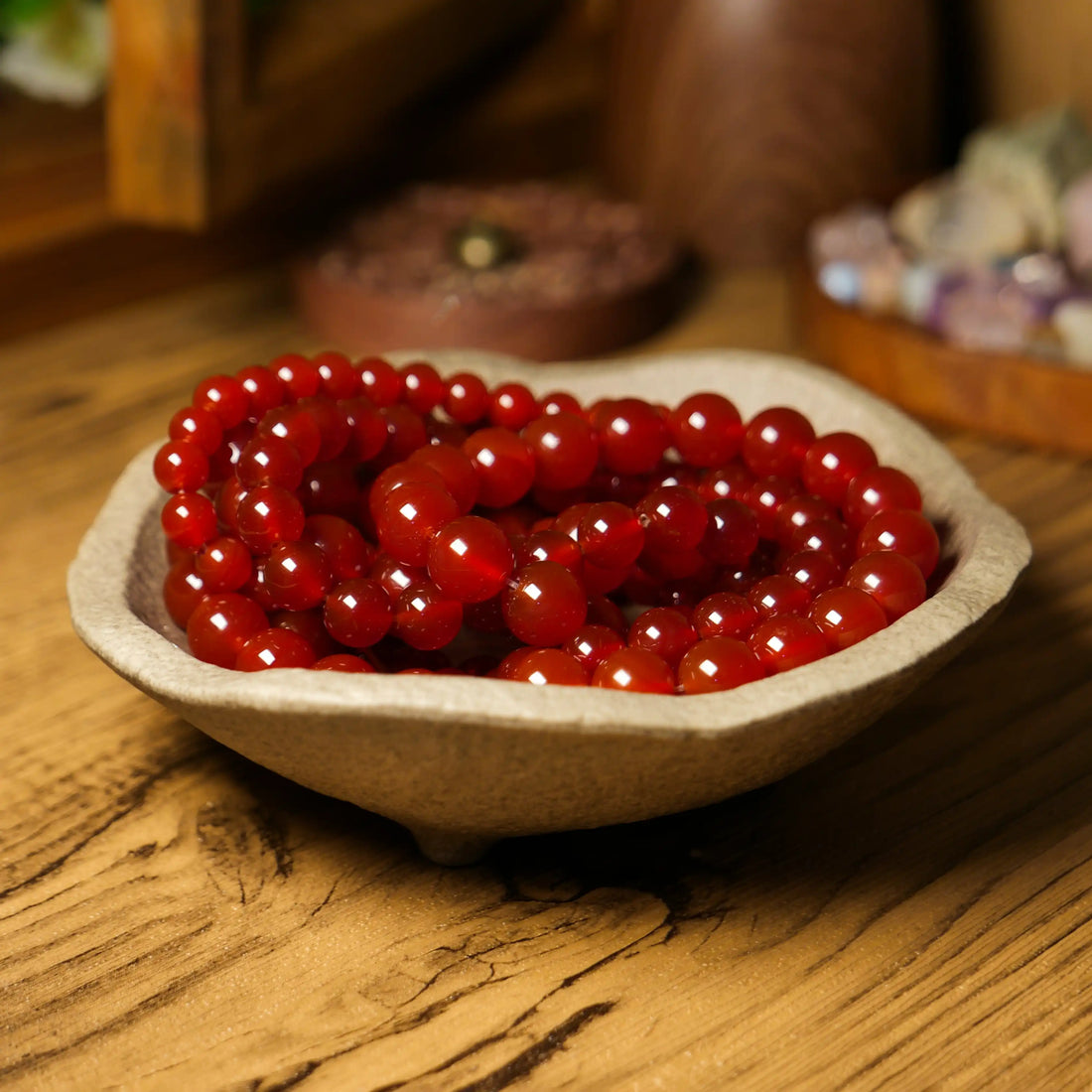
The Symbolism of Prayer Beads: A Comparison Between Western Religions and Chinese Traditions
Share
Introduction: From Silksong to Sacred Beads
In Hollow Knight: Silksong, rosaries are not mere currency. They hold significance because pilgrims value them during their journeys, making rosaries essential for devotion. Hornet uses them to barter for resources, reflecting Team Cherry’s creativity in weaving faith and economy together. This game mechanic highlights the cultural depth associated with prayer beads, offering an opportunity to explore how they differ between Western religions and Chinese traditions.
Prayer Beads in Western Religions
In Christianity, especially within Catholicism, prayer beads take the form of the rosary. Each bead represents a prayer—typically the “Hail Mary” or “Our Father”—and helps practitioners keep count during devotion. The rosary is not just a counting tool but a spiritual guide that structures meditation, reflection, and repetition, reinforcing the faithful’s connection to the divine.
Similarly, in Islam, the misbaha or tasbih consists of 33 or 99 beads, used for reciting the names of Allah. In Orthodox Christianity, the prayer rope (komboskini) with its knots serves a parallel function. Across these faiths, the core purpose of prayer beads is to bring rhythm and focus to prayer.
Prayer Beads in Chinese Tradition
In China, prayer beads—often referred to as nian zhu (念珠)—carry a dual function. Rooted in Buddhism, Taoism, and folk traditions, these beads serve not only as tools for chanting sutras but also as amulets believed to hold protective powers. The number of beads often has symbolic meaning: 108 beads to represent earthly desires, 18 beads for the arhats, or 54 beads for stages of enlightenment.
Unlike in Western traditions, Chinese prayer beads also merge into aesthetics and daily life. Made from sandalwood, jade, or amber, they are worn as bracelets or necklaces, reflecting cultural values of harmony, fortune, and health. The line between spiritual tool and personal adornment is fluid, making them part of both worship and fashion.
Key Differences Between Western and Chinese Uses
1. Functionality: Western rosaries are primarily prayer aids; Chinese nian zhu function as both devotional tools and talismans.
2. Material: Western rosaries are usually made of wood, glass, or metal; Chinese beads often use jade, sandalwood, or semi-precious stones, emphasizing cultural symbolism.
3. Integration into Life: In the West, rosaries are usually reserved for prayer sessions. In China, nian zhu can be worn daily as jewelry, blending faith with lifestyle.
4. Symbolism: Western rosaries focus on structured prayer cycles, while Chinese nian zhu carry layered meanings, including cosmic order, moral cultivation, and protection.
Conclusion: A Shared Human Rhythm
From Team Cherry’s creative integration of rosaries in Silksong to the deep traditions of both East and West, prayer beads reveal a universal human impulse: to seek rhythm, focus, and meaning in devotion. Whether as a strict sequence of prayers or as protective amulets with cultural beauty, they embody the connection between faith and daily life.
